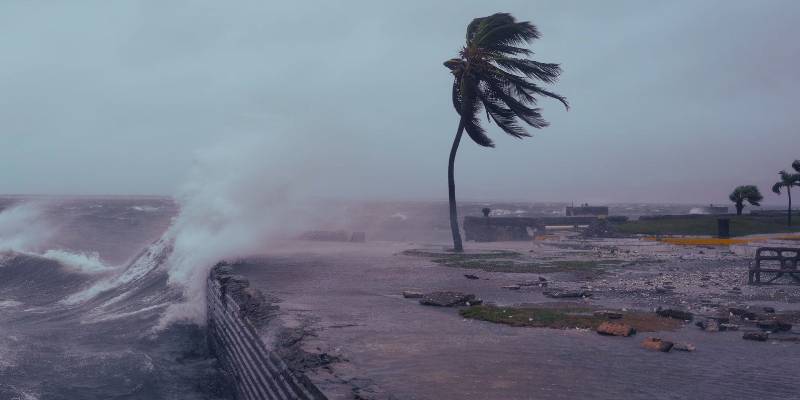When Hurricane Melissa bore down on Jamaica, social media was supposed to be a lifeline — a real-time window into the storm’s path.
Instead, feeds filled with eerie, cinematic chaos: sharks gliding through hotel pools, planes flipped on flooded runways, and crowds fleeing collapsing terminals. The clips looked convincing enough to make your stomach drop.
But as investigators later revealed, not a single frame was real. The footage was created with generative AI tools and shared millions of times before anyone realized it.
Officials scrambled to control the narrative. Jamaica’s Minister of Education and Information, Dana Morris Dixon, pleaded with citizens to “stop forwarding false visuals” and trust verified reports from the Office of Disaster Preparedness.
Yet by then, many residents had already seen — and believed — the fake hurricane clips circulating on WhatsApp and TikTok.
The surreal part? Some videos even carried visible traces of OpenAI’s Sora model, a text-to-video generator whose realistic rendering capabilities are already blurring the line between fact and fiction.
This isn’t an isolated story. False visuals now ripple through nearly every major event. Researchers have been warning about this for months — and after Hurricane Melissa, their warnings hit home.
A recent Reuters analysis of AI-generated deepfakes showed that such clips aren’t just entertainment gone rogue; they’re engineered to exploit emotion and confusion when people are most vulnerable.
The videos don’t just mislead; they hijack empathy, the very instinct that drives people to help.
The psychological fallout is another storm of its own. Disinformation specialists told BBC News that viewers exposed to repeated synthetic videos start doubting all content — even authentic footage. “It’s a chilling effect,” one analyst said.
“If you can’t trust your eyes, you stop trusting everything.” That mistrust doesn’t vanish when the storm does; it lingers, corroding the fragile relationship between audiences and truth.
You might think, well, can’t we just use tech to fight tech? There’s some hope there. New startups are developing real-time verification platforms that scan for AI artifacts — lighting errors, inconsistent reflections, and fingerprint mismatches.
The most promising efforts are in collaboration with social networks that want to tag synthetic media before it spreads.
But experts caution it’s an arms race. As MIT Technology Review recently pointed out, the detectors are improving, but so are the generators — faster than anyone expected.
To me, that’s the heart of this: truth versus velocity. The faster lies move, the harder truth has to sprint to catch up.
We can’t stop AI from evolving, but we can slow ourselves down long enough to think.
When the next “too-crazy-to-be-true” video goes viral — whether it’s sharks in pools or something worse — the best thing to do might just be to breathe, check official channels, and ask the simplest question: does this actually make sense?
Because as Hurricane Melissa showed us, in a world where every image can be manufactured, the most human skill left might be learning to doubt beautifully.

